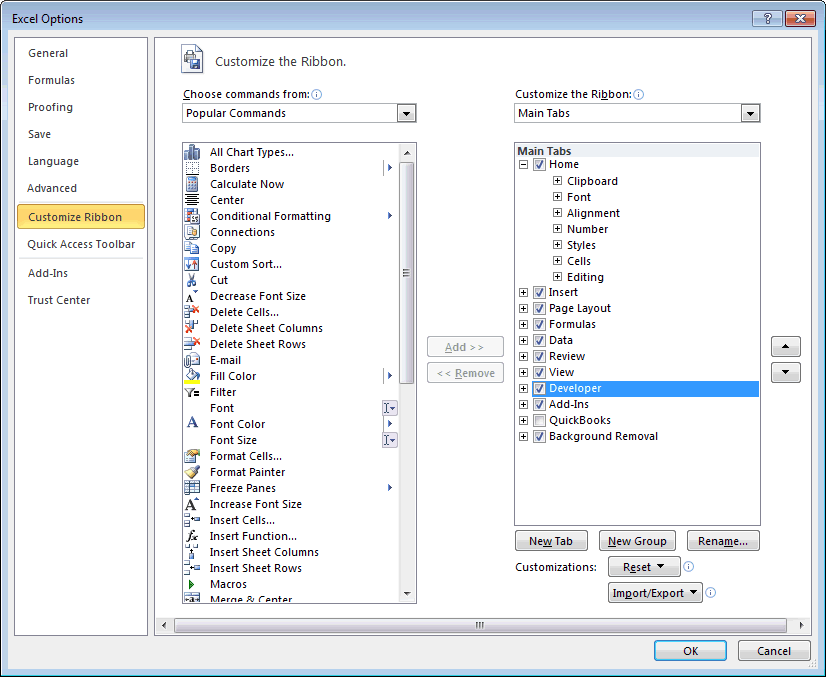
When Extension Manager opens up, it lists the extensions already installed. Within Visual Studio 2010, the Extension Manager is opened through Tools | Extension Manager menu. There is no need to use the web browser for searching or to run the setup program. It brings the Visual Studio Gallery into Visual Studio IDE (figure 1). Visual Studio 2010 Extension Manager is integrated with the Visual Studio Gallery. You can also read the comments and provide your feedback and ratings to the extensions. You can browse and subscribe to RSS feeds of the extensions. The web site is the official and centralized resource for Visual Studio extensions. That has changed with the Visual Studio Gallery. Developers could search the Internet for extensions, or they could get extension information from magazine articles forum posts or blogs.It was difficult to discover all the available options and was hard to compare similar extensions. In the past, finding the right extensions for Visual Studio involved a lot of research.


It follows the double-clicking workflow, which is not easy. While many areas in the Visual Studio extensibility have improved over time, the delivery mechanism has not been changed a lot. They are treated more like standalone applications traditionally. Both VSI and MSI format files comprise complete packages for distribution.Īpplication extensions are delivered separately with the core application. The Windows Installer Package (MSI) which was used extensively for applications became the main deployment technology for Visual Studio Packages. Introduced in Visual Studio 2005, the Visual Studio Content Installer (VSI) is used for macros, add-ins, toolbox controls, code snippets, and templates. The Visual Studio extensions deployment technologies also improved over the time. Later Microsoft announced the Visual Studio SDK packages, a newer mechanism that provides deeper Visual Studio IDE integration through lower level API. In Visual Studio 2005, add-in supports a simplified deployment using XML. NET and COM was introduced along with Visual Studio. Over time the add-in mechanism has improved. Add-ins, Visual Studios primary extensibility option, was implemented via COM interfaces. While some are mere novelties, those for development tools like Eclipse and Visual Studio offer developers significant productivity boosts.Įarlier versions of Visual Studio were built on top of COM technology.

They are popular in many applications, including modern web browsers Internet Explorer and Firefox, Microsoft Office, Media Players, Photoshop, Eclipse, Visual Studio and etc. Extensions provide additional functions or customization for a core application.


 0 kommentar(er)
0 kommentar(er)
